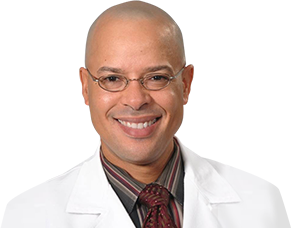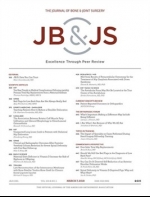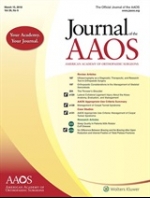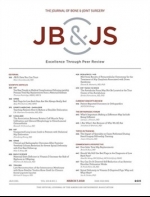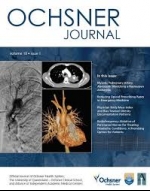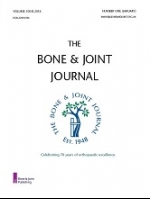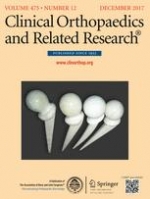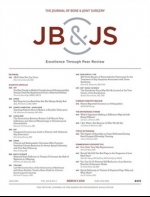Recent Journals
Effects of a Single Intra-Articular Injection of a Microsphere Formulation of Triamcinolone Acetonide on Knee Osteoarthritis Pain
Intra-articular corticosteroids relieve osteoarthritis pain, but rapid systemic absorption limits efficacy. FX006, a novel, microsphere-based, extended-release triamcinolone acetonide (TA) formulation, prolongs TA joint residence and reduces systemic exposure compared with standard TA crystalline suspension (TAcs). We assessed symptomatic benefits and safety of FX006 compared with saline-solution placebo and TAcs.
Biological and functional evaluation of a novel pyrolytic carbon implant for the treatment of focal osteochondral defects in the medial femoral condyle: assessment in a canine model
Osteochondral defects continue to be a clinical treatment challenge, and when left untreated, may cause pain and functional impairment. Pyrolytic carbon is a unique isotropic biomaterial used in heart valve and small joint replacements due to its excellent wear properties and biocompatibility with bone and articular cartilage.Therefore, a proposed solution is to utilize a focal pyrolytic carbon hemiarthroplasty implant as an alternative resurfacing treatment strategy for isolated cartilage lesions.
Autologous Chondrocyte Implantation
Currently, autologous chondrocyte implantation (ACI) is ideally indicated for symptomatic ICRS grade III-IV lesions greater than 2 cm 2 along the femoral condyle or trochlear regions. High-demand patients between the ages of 15 to 55 years of age with excellent motivation and compliance potential should be chosen.
Stem Cell Ethics
The term stem cell refers to the pluripotential nature of the cell. These amazing cells have the ability to transform into one of the 220 different phenotypic cell types found in humans. They also possess great regenerative power and can multiply infinitely in addition to their phenotypic capabilities. Three stem cell types exist: embryonic, adult, and induced pluripotent stem (iPS) cells.
Semiconstrained Primary and Revision Total Elbow Arthroplasty with Use of the Coonrad-Morrey Prosthesis
Semiconstrained total elbow prostheses are used routinely by many surgeons to treat a variety of severe elbow disorders. Our objective was to review the results of primary and revision total elbow arthroplasty with use of the Coonrad-Morrey prosthesis. The selected use of this semiconstrained implant in patients with instability and poor bone stock was hypothesized to provide inferior results compared with those in the published reports.
Periosteal Augmentation of a Tendon Graft Improves Tendon Healing in the Bone Tunnel
Secure fixation of tendon or ligament to bone has been a challenging problem. The periosteum is an osteogenic organ that regulates bone growth and remodeling at the outer surface of cortical bone and also is known to play an important role in forming a tendon insertion site to bone. Therefore, we hypothesized that a freshly harvested periosteum can be used as a stimulative scaffold to biologically reinforce the attachment of tendon graft to bone.
Improved Cartilage Repair After Treatment With Low-Intensity Pulsed Ultrasound
Low-intensity pulsed ultrasound accelerates bone healing via upregulation of cartilage formation and maturation phases of endchondral bone formation. The current authors evaluated the effect of ultrasound therapy on the repair of full-thickness osteochondral defects. Bilateral, 3.2 mm diameter by 5.0 mm deep osteochondral defects were created in the patellar groove of 106 adult male New Zealand rabbits.
Autologous Chondrocyte Implantation
Injuries to joint surfaces can result from acute high-impact or repetitive shear and torsional loads to the superficial zone of the articular cartilage architecture. Direct arthroscopic visualization has suggested that the prevalence of isolated, focal articular cartilage defects is approximately 5% 1,2. In a retrospective review of more than 31,000 arthroscopic procedures, Curl et al. found a 63% prevalence of chondral lesions with an average of 2.7 lesions per knee.
